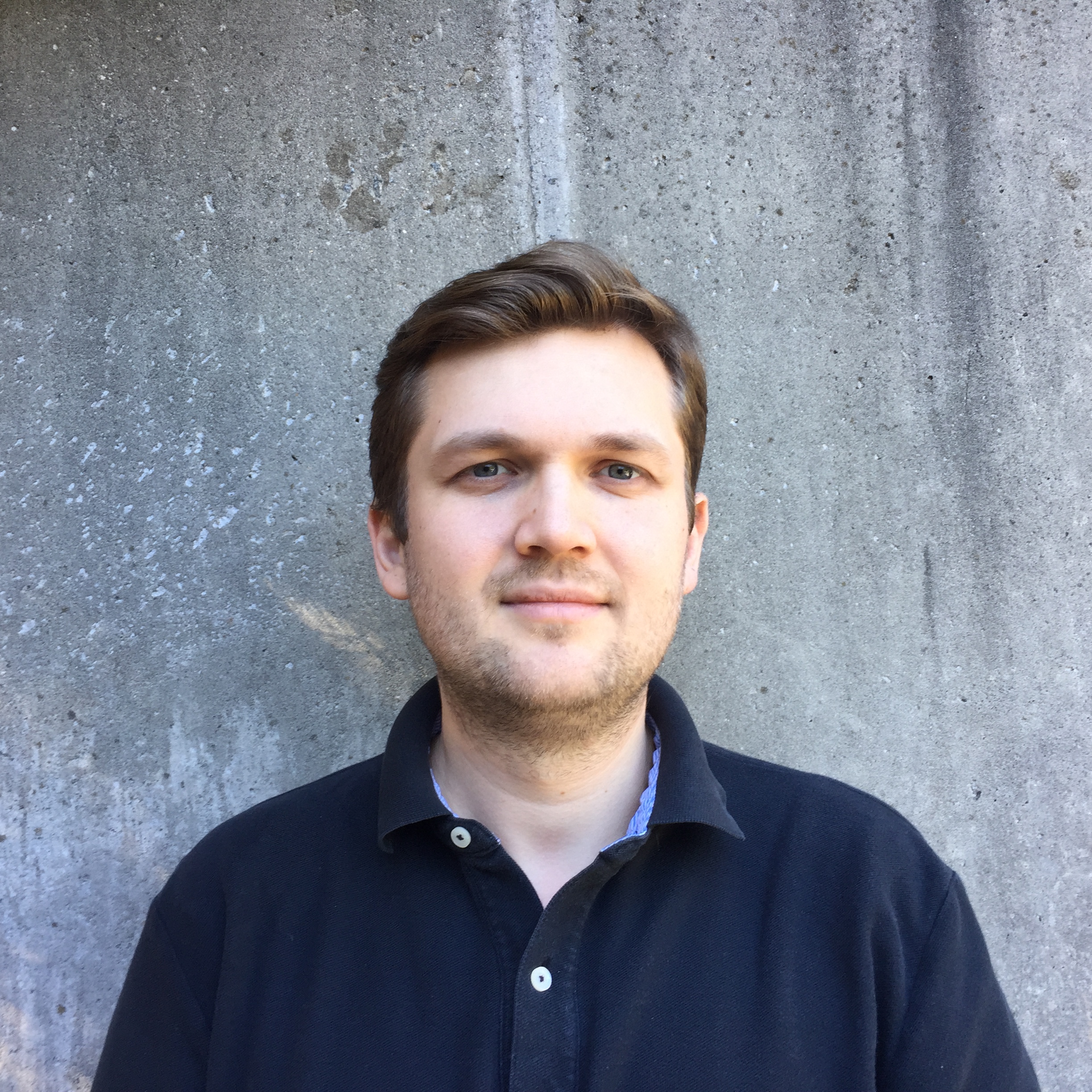Recent Trends in Partial Differential Equations — Summer School, August 22-26, 2022, at Duke University
Speakers:
Gautam Iyer, Carnegie Mellon University: “Diffusion and Mixing”
Eugenia Malinnikova, Stanford University: “The frequency function method in the theory of elliptic equations”
Anna Mazzucato, Penn State University: “Boundary Layers in Fluid Flows”
Vlad Vicol, New York University: “Formation and development of shocks for the compressible Euler equations”




Description:
The summer school is intended for graduate students and postdocs in mathematics who are interested in the analysis of partial differential equations. The research talks will expose participants to important research directions and provide an extended introduction to these topics. Some funding is available to support a limited number graduate student participants (travel and lodging); participants are also encouraged to find other funding sources. In addition to the research talks, there will be poster session for the graduate student participants and ample opportunities to meet other students and researchers in the field.
Registration:
Click HERE to register. Registration is required, but there is no fee.
Graduate students and postdocs are encouraged to apply for funding with their registration. The deadline for funding applications is July 1, 2022.
SCHEDULE:
All talks will be in Physics 128. Here is a link to the schedule.
Here is a MAP showing a route for walking between the AC hotel and the Physics Building.
Titles/Abstracts of Lectures:
Gautam Iyer: Diffusion and Mixing
Abstract: Diffusion and mixing are two fundamental phenomena that arise in a wide variety of applications and their interaction can lead to many
interesting effects. In certain regimes the balance between diffusion
and mixing leads to “enhanced dissipation”, and in other (more
turbulent) regimes it may even lead to “anomalous dissipation”. These
effects can be used to control non-linear phenomenon (such as phase
separation or singularity formation). These lectures will study the
intricate interplay between diffusion and mixing in some of these
contexts. Time permitting we will also touch upon the study of these
effects using probabilistic techniques.
Eugenia Malinnikova: The frequency function method in the theory of elliptic equations.
Abstract: In 1986 Nicola Garofalo and Fang-Hua Lin applied the notion of frequency of a solution to the problem of (strong) unique continuation for elliptic operators in divergence form. In the lectures we the properties of the frequency function and its applications. For simplicity, most computations will be done for harmonic functions. We will show that solutions of elliptic equations with given frequency behave as polynomials of the corresponding degree. More precisely, we will describe results on Remez inequalities and propagation of smallness for elliptic equations, obtained jointly with Alexander Logunov, and a version of the Bernstein inequality, proved recently in collaboration with Stefano Decio. Applications to Laplace eigenfunctions will be presented.
Anna Mazzucato: Boundary Layers in Fluid Flows
Abstract: I will introduce the theory of boundary layers with emphasis on viscous boundary layers for incompressible flows, and discuss some recent developments in the rigorous analysis of vscous boundary layers and the vanishing viscosity limit. In particular, I will discuss (time permitting):
– Boundary layers for linear equations: ODE case, Laplace’s equations;
– Boundary layers for fluids: formal derivation of Prandtl equation, Blasius boundary layer, layer separation, overview of some results concerning the rigorous analysis of Prandtl equation;
– Vanishing viscosity limit: Kato’s criterion, plane parallel and pipe flows, vorticity concentration at the boundary.
Vlad Vicol: Formation and development of shocks for the compressible Euler equations.
Abstract: A fundamental question in fluid dynamics concerns the formation of discontinuous shock waves from smooth initial data. During these lectures, we address this question in the multi-dimensional setting, for flows with nontrivial vorticity and nontrivial entropy. We prove that for an open set of initial data, smooth solutions develop a first singularity (pre-shock), which is a codimension one shock in azimuthal symmetry and is a point shock in the absence of any symmetry assumptions. We then prove that a discontinuous shock instantaneously develops after the pre-shock, and that simultaneously two other characteristic surfaces of cusp-type singularities emerge from the pre-shock. The lectures will not assume familiarity with techniques from geometric hyperbolic PDEs: we will rely on either self-similar analysis or on the analysis of Lagrangian characteristics for systems displaying three different wave speeds. This series of lectures is based on joint works with T. Buckmaster, T. Drivas, and S. Shkoller.
Organizing committee:
Tarek M. Elgindi, Alexander Kiselev, James Nolen
This summer school is funded by the NSF grant “Training Tomorrow’s Workforce in Analysis and Applications,” award DMS-2038056.
Questions? Contact:
